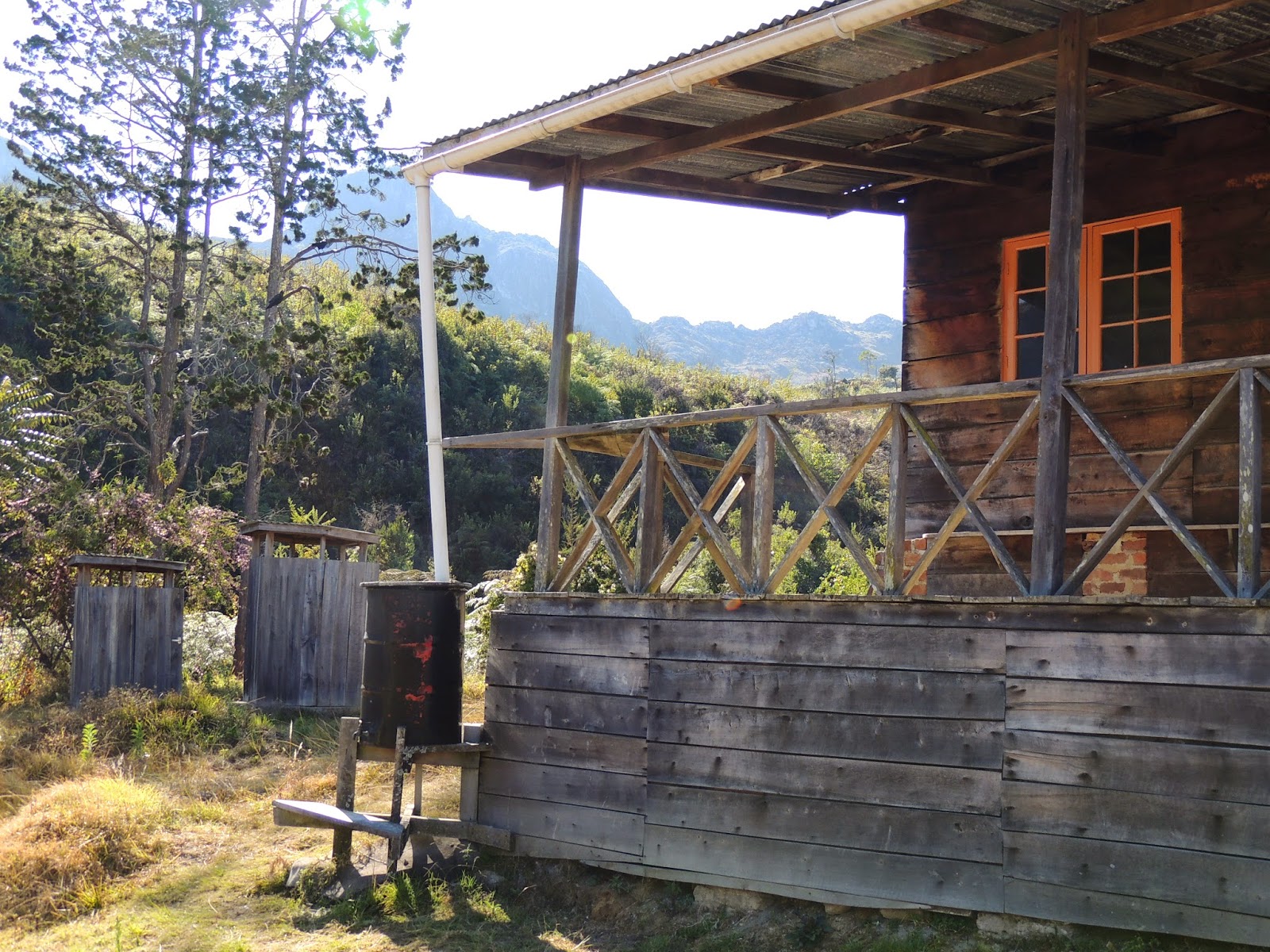Most people in Zobue cook every day using a charcoal stove. Even people with electricity in their homes prefer to use charcoal over an electric stove. I haven't quite been able to figure out why, except that charcoal is more reliable--it doesn't stop working when the electricity goes out. People are also probably more used to cooking on a charcoal stove because that is how they grew up. When Silvia and Albertina have been over to cook with us, they seem scared to use our electric stove because it is unfamiliar. For me, charcoal is a pain to cook on because it takes a long time to light, but for most people here it is easier than an electric stove.
 |
| Most people cook on small charcoal stoves like this one. |
 |
| The charcoal is sold in large bags like this for about 100 mets (3 dollars). A family cooking on charcoal would probably use 4-5 large bags per month. |
 |
| Here are more large charcoal bags for sale. |
 |
| Charcoal is also sold in smaller bags like this for 25 mets (about 1 dollar) |
 |
| This small store is selling a few small bags of charcoal |
 |
| Celena waits for the water to heat up on her charcoal stove so she can take a bath |
 |
| Servina cooks xima on her charcoal stove |
 |
| Here are some small charcoal stoves for sale at the market. |
Mozambique uses a lot of trees every year to produce charcoal, make bricks, and build houses and I'm afraid of what is going to happen when there are no more trees. Currently the rate of tree use is much greater than the number of new trees being planted. How will people cook? Build houses? Stay cool during the hot season when there are no shady trees to sit under? It is hard for people who are barely making a living to care about their environmental impact, but it is something Mozambique is definitely going to have to deal with in the near future. The population is growing and Mozambique is in need of more sustainable practices to support the growth.

























